
Glossary ingredients
Discover the high-quality, naturally sourced and vegan ingredients behind our formulas and learn about their properties and benefits.

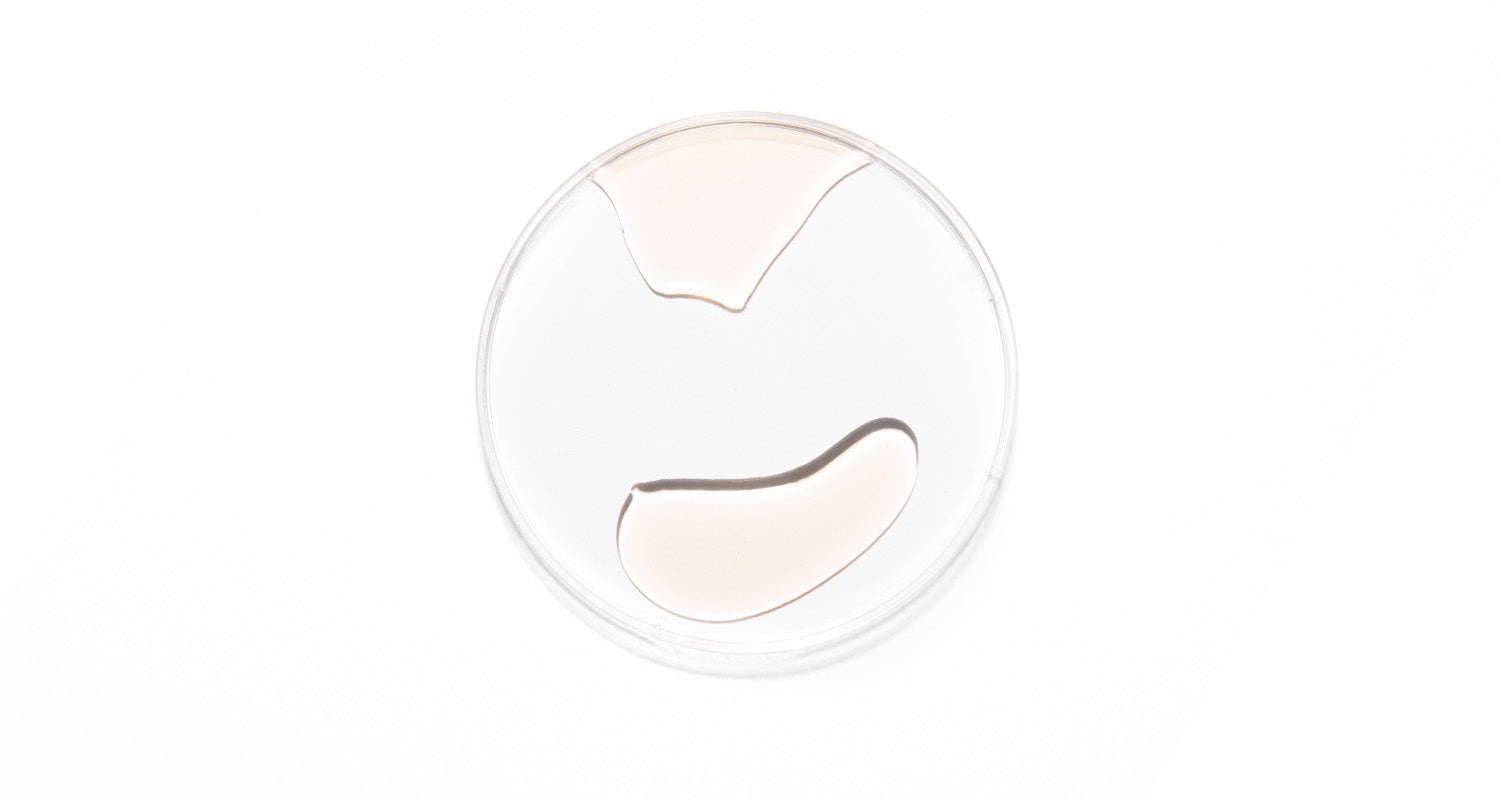
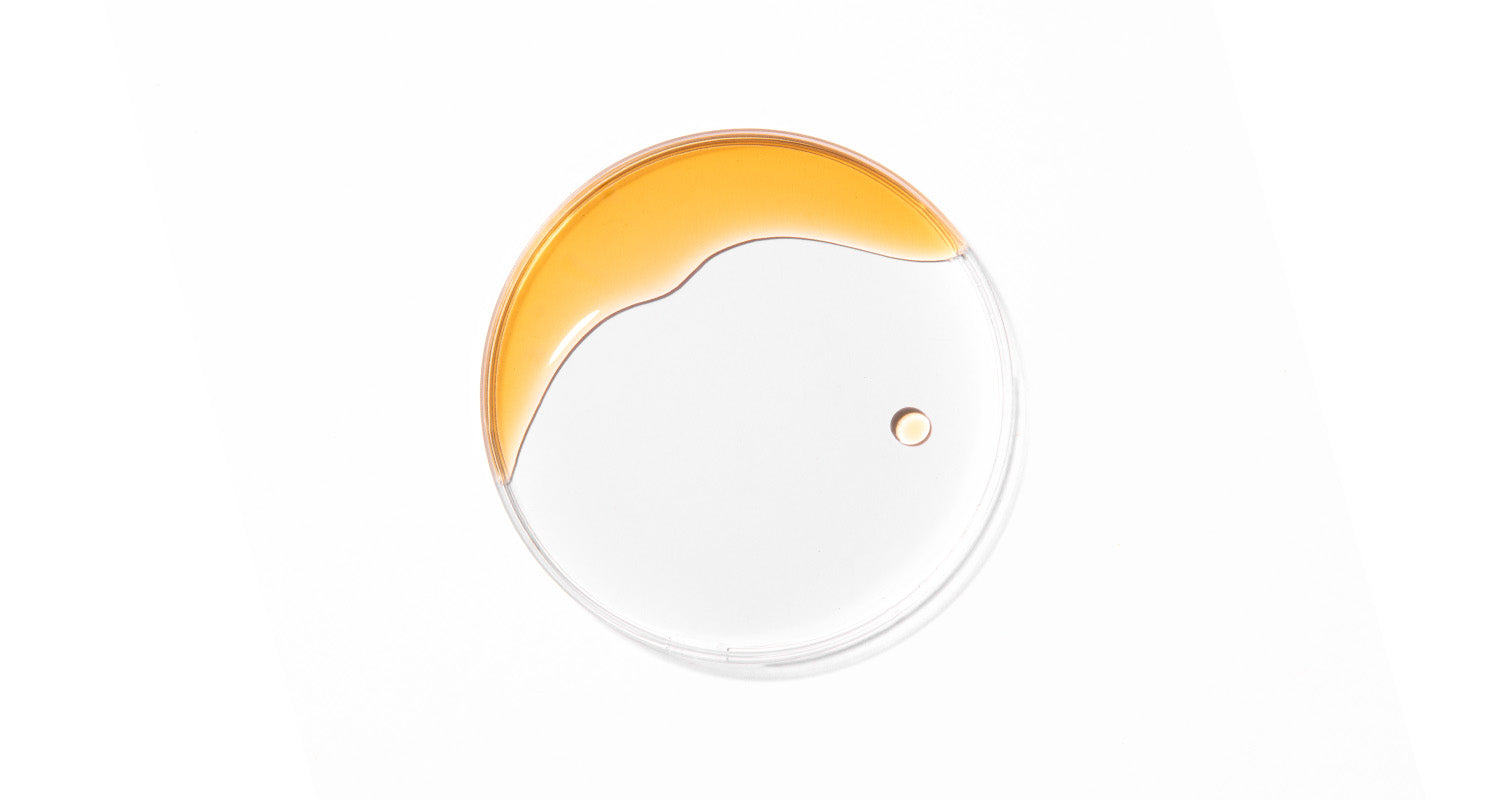
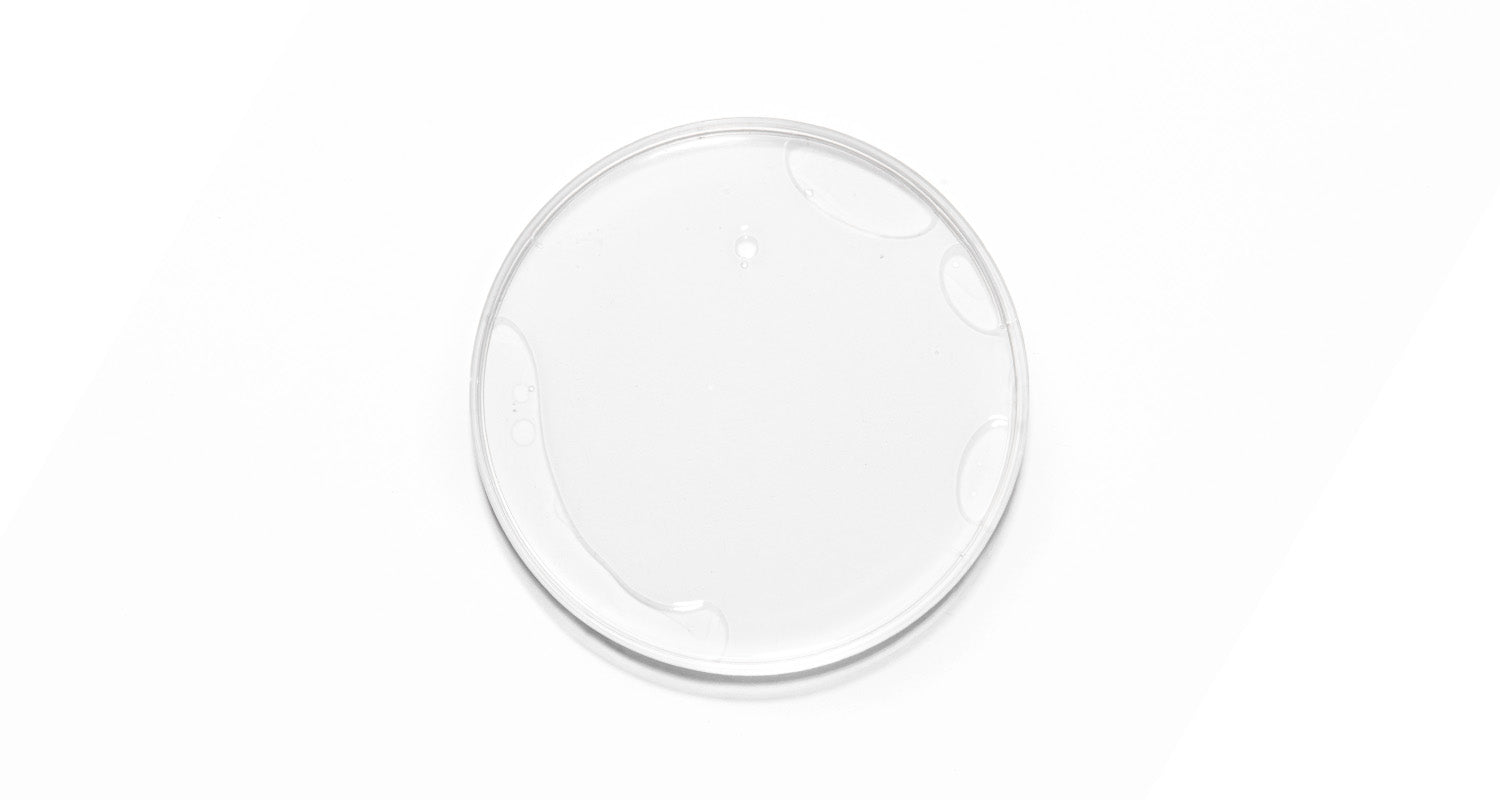



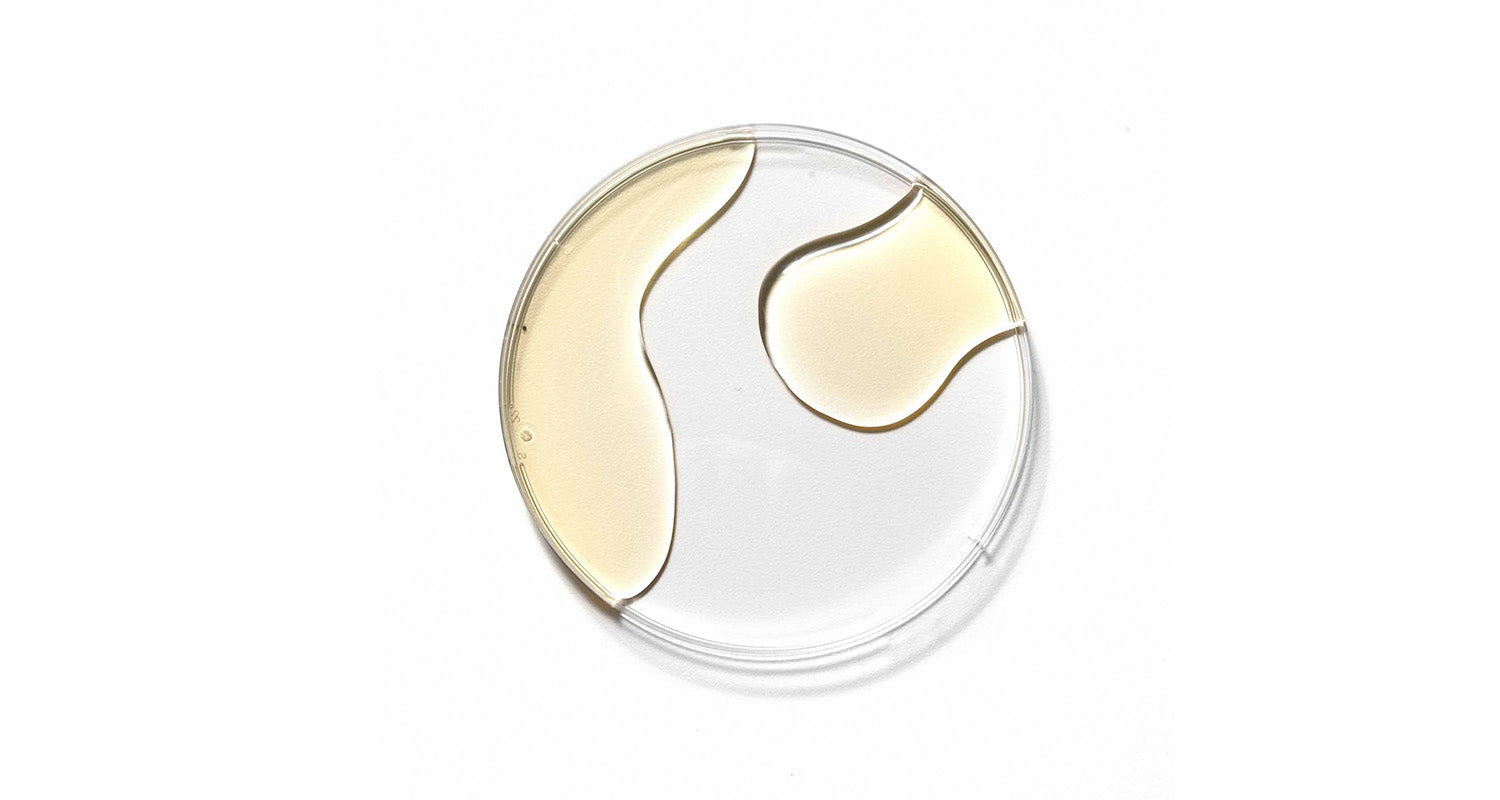

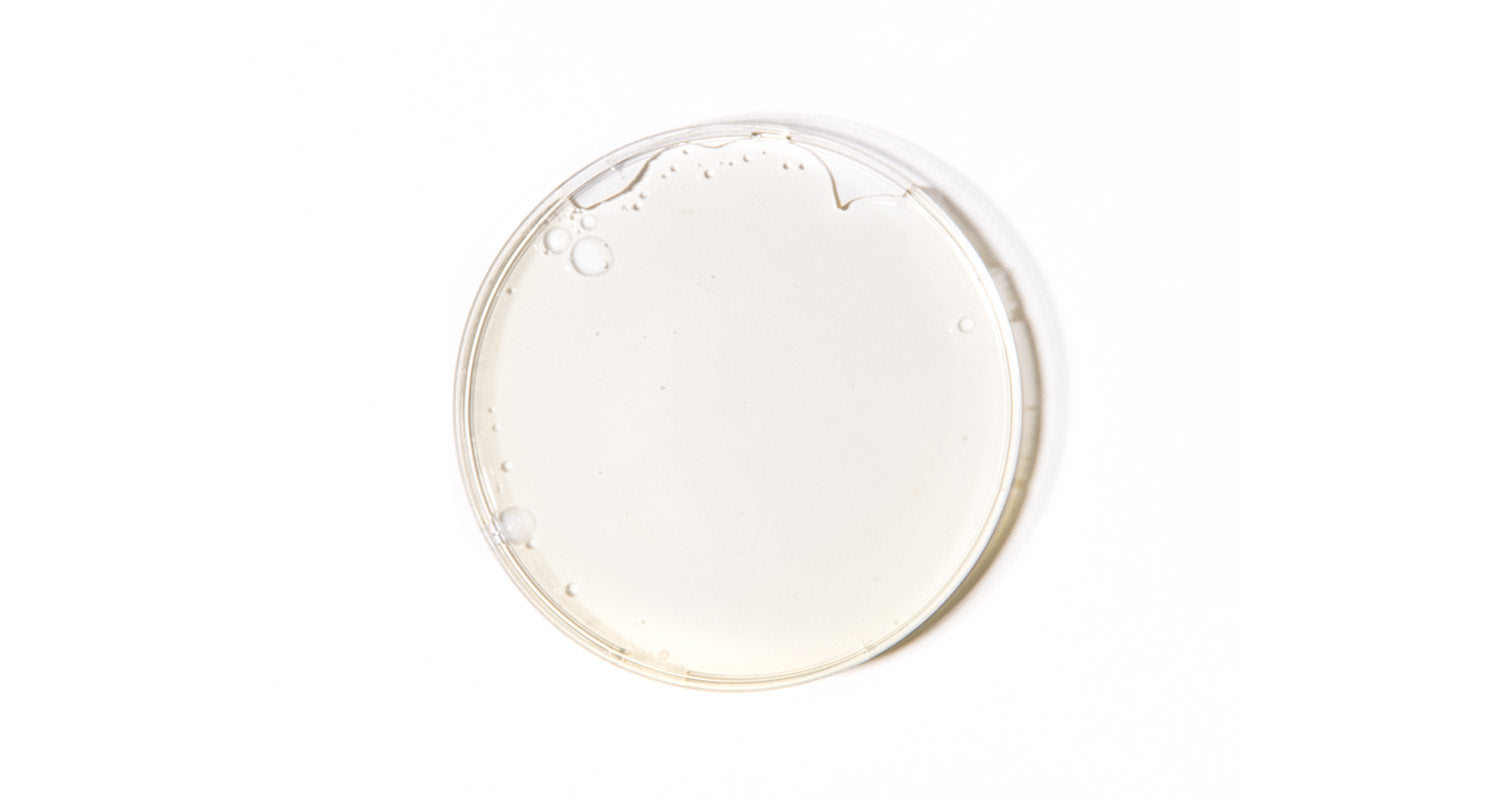


Discover the high-quality, naturally sourced and vegan ingredients behind our formulas and learn about their properties and benefits.










